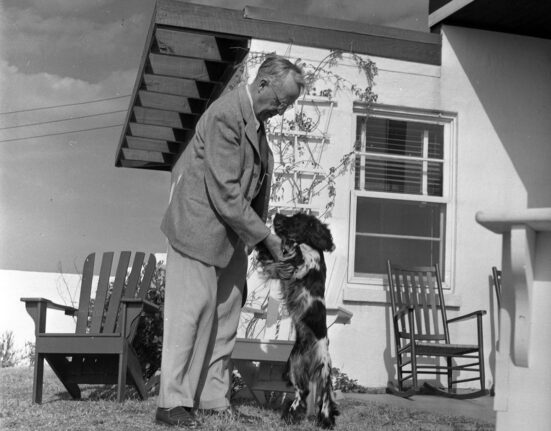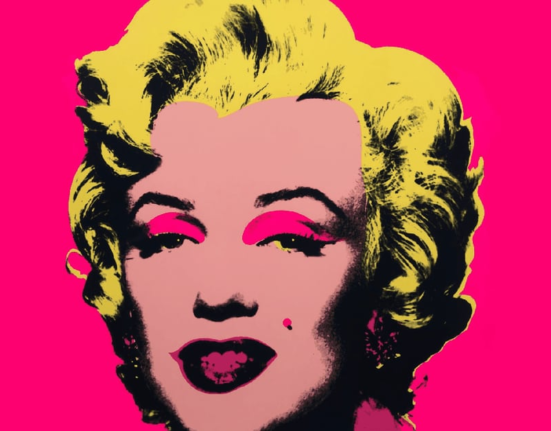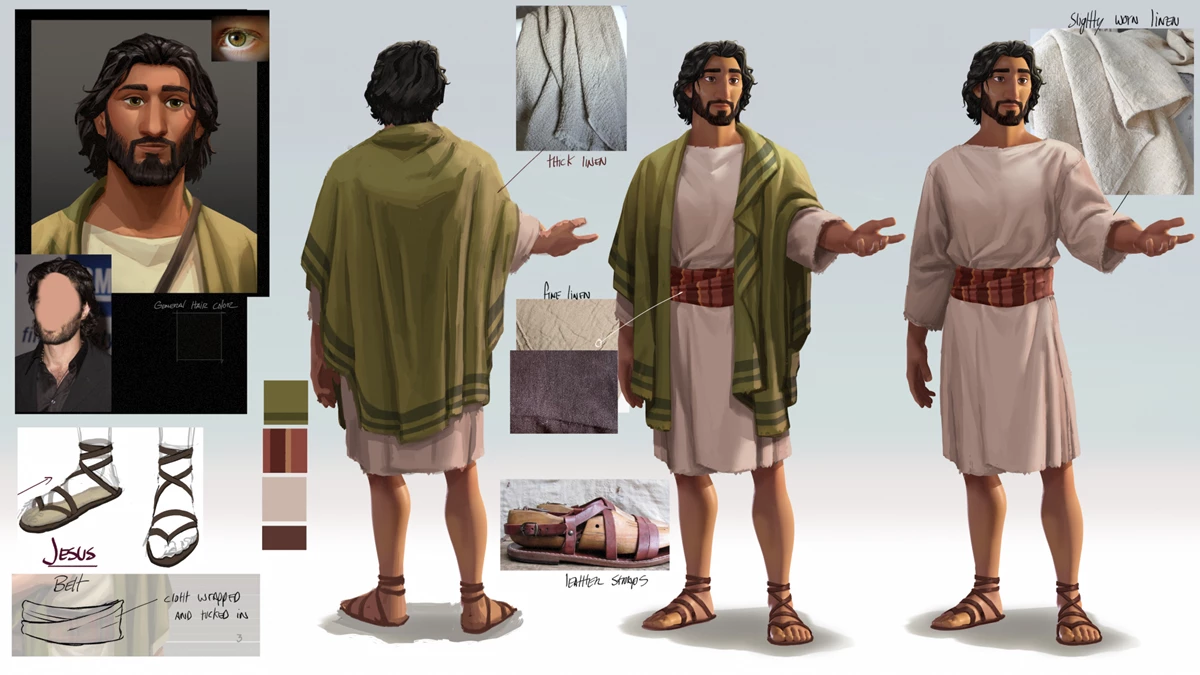At a pivotal juncture in the investment world, the emergence of Real World Assets (RWA) and fractional ownership is redefining investment paradigms. This shift is particularly impactful for Gen Z and new investors, who confront unique economic challenges. Saddled with substantial student loan debt, averaging around $37,000 for the class of 2022, and facing lower initial earning potentials, this demographic finds traditional investment avenues, like real estate and art collection, increasingly out of reach. In a 2022 study by Self Financial, it was found that 5.2% of Gen Z reported having no savings at all, while just under a quarter (24%) had savings between $501-$1,000. The estimated average savings amount for Gen Z was $2,410. These economic barriers, combined with the traditional exclusivity of certain investment methods, have created formidable obstacles for emerging generations.
The Inaccessibility of Traditional Investments
The aspiration to invest in assets like real estate or art, traditionally seen as hallmarks of financial success, is becoming increasingly elusive for younger generations. Highlighting this trend, the U.S. median home price soared to nearly $398,500 in 2022, a record high that has dramatically outpaced average income growth. This disparity is evident when comparing historical data: in the 1960s, the median home price was roughly twice the average yearly income, but by 2022, it had risen to over five times that amount. The art market, too, remains largely inaccessible to average individuals due to its high cost of entry. This widening gap between investment opportunities and attainable financial resources has not only curtailed opportunities for many but also contributed to an expanding wealth gap, disproportionately affecting younger investors, and intensifying generational economic disparities.
Overcoming Traditional Investment Hurdles
Traditional investment paths present significant challenges, especially for the younger generation. The obstacles they face are exemplified by the real estate sector, where median home prices have surged in 2022, far outstripping the growth in average incomes. The dream of homeownership, once attainable, now seems distant as house prices have skyrocketed, creating an affordability crisis. This steep rise in costs, coupled with the exclusive nature of the art market, has created substantial barriers to entry for aspiring investors.
This housing market imbalance reflects a broader economic trend of income growth lagging behind the rising costs of essential assets. Additionally, the art market’s exclusivity remains evident, with high entry costs deterring most from entering this lucrative investment avenue.
Consequently, these economic conditions have made traditional investment models impractical for many, particularly younger individuals. As a result, emerging generations are seeking alternative investment strategies and exploring innovative opportunities to build wealth in an environment where traditional paths have become increasingly inaccessible.
Emergence of RWA and Fractional Ownership
The investment landscape is undergoing a profound transformation with the emergence of Real World Assets (RWA) and fractional ownership, powered by blockchain technology. RWAs encompass tangible assets like property and art, traditionally reserved for the affluent. However, fractional ownership, facilitated by tokenization, democratizes access to these assets, enabling multiple investors to share ownership. Recent market data highlights a significant uptick in transactions involving tokenized assets, marking a shift from theory to practice in investment strategies. Notably, in 2022, the global sales value of art and collectibles non-fungible tokens (NFTs) exhibited intriguing trends. NFT collectibles saw a 15% year-on-year growth, of which art-related NFT transactions amounted to around $1.47 billion. These statistics, reflecting transactions on Ethereum, Ronin, and Flow blockchains, underscore the evolving art market and the growing role of technology in reshaping investments.
Blockchain: A Gateway to Inclusive Investment
Blockchain technology has ushered in a transformative era in the investment landscape, particularly in the domain of Real World Assets (RWAs). This paradigm shift is underpinned by several key factors.
Firstly, blockchain technology offers an unprecedented level of security and transparency. It accomplishes this by creating an immutable and decentralized ledger of transactions, ensuring the integrity of asset ownership records. This feature greatly mitigates the risk of fraud and enhances trust in the investment process.
Secondly, blockchain has enabled fractional ownership, a revolutionary concept in the investment world. It allows investors to own a fraction or share of high-value assets that were once out of reach for many. For example, individuals can now invest in fractional shares of luxury real estate properties or renowned art pieces. This democratization of ownership expands the scope of investment opportunities.
In recent years, notable developments in the blockchain-based investment space have gained significant traction. Platforms like Maecenas and RealT have emerged as pioneers in the tokenization of assets. They have leveraged blockchain technology to represent ownership of high-value assets as digital tokens, making them easily tradable and divisible. This innovation has shattered the barriers that traditionally restricted access to exclusive investments.
The timing of this transformation is particularly significant. Blockchain technology has matured, and regulatory frameworks have evolved to accommodate compliant and secure investment structures. The emergence of standards and regulations has fostered an environment conducive to broader participation in the investment space.
The ability to invest in fractions or shares of assets is a pivotal aspect of this revolution. It substantially reduces the barriers to entry that previously hindered many individuals from engaging in high-value investments. Furthermore, fractional ownership enhances the liquidity of these assets, making them more readily tradable.
An illustrative example of the growing interest in blockchain-based investments is the surge in the sales value of art and collectibles non-fungible tokens (NFTs) in 2022. The global sales value of these NFTs reached a staggering $11.8 billion during that year. This statistic underscores the increasing appeal of this emerging investment trend, as it encompasses a wide range of assets, including digital and physical collectibles.
In essence, blockchain technology has become a gateway to inclusive and diverse investment portfolios. It has the power to democratize access to high-value assets and broaden the financial horizons of investors, especially those who were previously excluded from such opportunities. This transformative shift in the investment landscape signifies a significant step towards a more equitable and inclusive financial future. As blockchain technology continues to evolve and mature, its impact on investments is poised to expand even further, ultimately reshaping the way individuals participate in the world of finance.
Smart contracts are self-executing contracts with the terms of the agreement directly written into code. They operate on blockchain technology, ensuring transparency and trust. In the context of fractional ownership, smart contracts enable the automated execution of ownership agreements. When investors buy fractional shares of an asset, the smart contract governs the ownership, transfers, and revenue distribution. These contracts eliminate the need for intermediaries, reducing costs and increasing trust. Since they are decentralized and tamper-proof, smart contracts execute fractional ownership contracts in a trustless manner, ensuring that ownership rights and revenue shares are transparently and automatically enforced without relying on a central authority.
Advantages of this Emerging Trend
Fractional ownership in Real World Assets (RWAs) offers a range of advantages. Firstly, it democratizes investment by enabling individuals to invest small amounts in high-value assets such as luxury real estate and valuable art pieces. This broadens access to previously exclusive investment opportunities. Additionally, fractional ownership allows for portfolio diversification, reducing risk by spreading investments across different asset classes. It enhances asset liquidity, making it easier to trade and exit investments when needed. Moreover, the evolving regulatory environment provides a more structured and secure framework for investors participating in this emerging trend.
One notable application of fractional ownership is in the art market, exemplified by platforms like Masterworks. These platforms purchase valuable artworks and create dedicated holding companies for each piece, allowing investors to buy fractional shares in the physical artwork. Although specific artworks may vary, Masterworks’ portfolio includes works by renowned contemporary artists like Warhol, Basquiat, Banksy and Cecily Brown. The landscape of fractional art investing is dynamic, and more masterpieces are likely to be fractionalized in the future, offering a broader range of investment opportunities to art enthusiasts and investors alike.
Expert Perspectives and Real-World Impact
Industry experts recognize the potential of RWAs to disrupt traditional investment models, viewing it as a crucial step toward democratizing investments and fostering a more inclusive financial ecosystem. Real-world applications, like tokenized property projects in urban areas and fractional art ownership through platforms like Maecenas, demonstrate the practical viability of this model. The concept has gained traction among prominent figures in the industry. Chris Jones delves into the challenges and potential of tokenizing real-world assets. Philipp Pieper, co-founder of Swarm, hails it as a groundbreaking opportunity. Yaroslav Shakula acknowledges the promise while highlighting regulatory hurdles, and Oi-Yee Choo emphasizes blockchain’s role in expanding private market investment.
Brave new world
The future holds promising changes as Real World Assets and fractional ownership reshape the investment landscape, fostering inclusivity and accessibility. These transformative shifts provide opportunities to bridge wealth gaps, promoting a fairer financial future. For astute investors, grasping these developments is pivotal in navigating this evolving investment landscape.
One emerging trend is the growth of blockchain-based investment platforms, offering diverse opportunities in RWAs. These platforms may expand to include various tangible assets. Additionally, evolving regulations are crucial as regulatory bodies adapt to accommodate new investment models, bolstering investor confidence. Another trend is the development of decentralized finance (DeFi) solutions within the RWA space, facilitating lending, borrowing, and trading of fractionalized assets. As blockchain matures, regulations evolve, and DeFi solutions emerge, the future holds a more inclusive and dynamic investment landscape, benefiting a broader spectrum of investors and promoting financial equity.
Conclusion
The advent of Real-World Assets and fractional ownership is redefining the contours of the investment landscape, making it more inclusive and accessible, particularly for newer generations like Gen Z. These changes are not just creating new investment opportunities; they are also offering a chance to bridge the wealth gap, contributing to a more equitable financial future. For savvy investors and observers, understanding and embracing these changes is key to navigating the evolving world of investment.
The views and opinions expressed herein are the views and opinions of the author and do not necessarily reflect those of Nasdaq, Inc.







